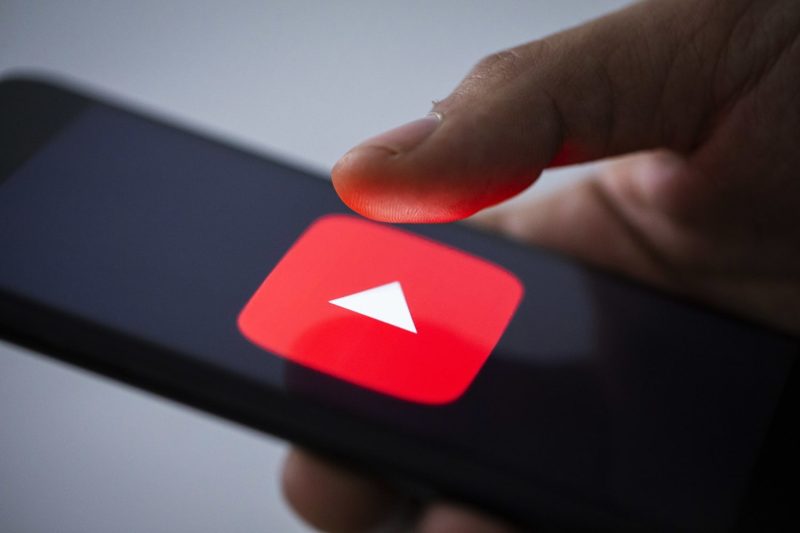With the rise of smart TVs and streaming devices, YouTube has emerged as a dominant force in shaping the way we consume content in our living rooms. Media companies are now faced with a critical decision on whether to view YouTube as a friend or a foe in this ever-evolving media landscape.
The Power of YouTube in the Living Room
YouTube’s influence in the living room cannot be underestimated. With over 2 billion monthly logged-in users and more than 1 billion hours of content watched daily, YouTube has become a go-to source for entertainment, information, and engagement for users worldwide. The platform offers a vast array of content, ranging from educational videos to music performances, vlogs, tutorials, and much more, catering to a diverse audience with varied interests.
YouTube’s popularity on smart TVs and streaming devices has transformed the platform into a primary destination for viewers seeking on-demand content. The ease of access, personalized recommendations, and user-friendly interface have made YouTube a staple in many households, effectively challenging traditional television networks and cable providers.
Impact on Media Companies
The proliferation of YouTube in the living room presents both opportunities and challenges for media companies. On one hand, partnering with YouTube can offer a vast reach and engagement with audiences, allowing media companies to tap into new markets and demographics. Collaborating with popular YouTubers and content creators can also help traditional media outlets expand their digital presence and connect with younger viewers who are increasingly turning away from traditional TV.
However, YouTube’s dominance in the living room also poses a threat to traditional media companies. The platform’s ad-supported model and algorithm-driven content recommendations have reshaped viewer habits, making it harder for traditional media outlets to compete for attention and ad dollars. Moreover, the rise of user-generated content on YouTube has disrupted the traditional media hierarchy, giving a voice to independent creators and challenging the authority of established news outlets and entertainment networks.
Navigating the Future
In light of YouTube’s growing influence in the living room, media companies must carefully assess their relationship with the platform and adapt their strategies to meet evolving consumer preferences. Embracing digital platforms like YouTube can help media companies reach new audiences and monetize their content in innovative ways. By fostering partnerships with content creators and experimenting with new formats, media companies can stay relevant in an increasingly digital world.
At the same time, media companies must also safeguard their brand integrity and revenue streams in the face of YouTube’s disruptive impact. Developing diverse revenue streams, investing in high-quality content production, and leveraging data analytics to understand viewer preferences are essential steps for media companies to remain competitive in an era dominated by digital media platforms.
Ultimately, the rise of YouTube in the living room underscores the need for media companies to embrace change, experiment with new strategies, and prioritize audience engagement in order to thrive in a rapidly evolving media landscape. By striking a balance between collaboration and competition with YouTube, media companies can navigate the complexities of the digital age and secure their position in the future of entertainment and information dissemination.
